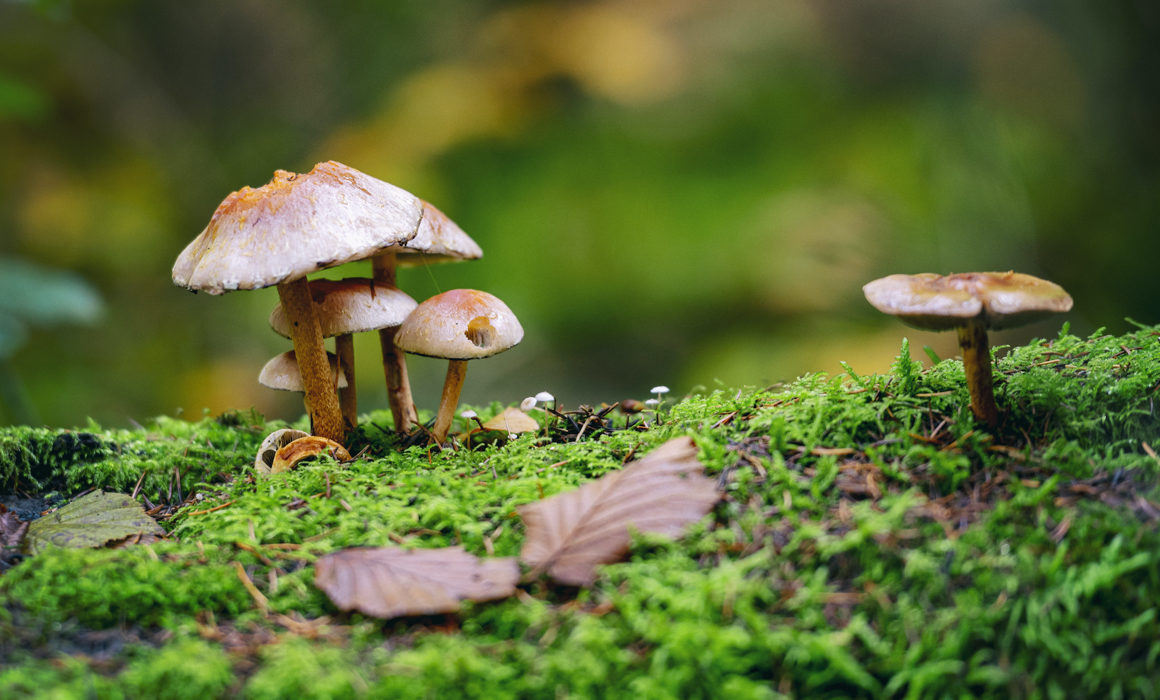What comes to mind when we think of mushrooms? Mouthwatering soup, psychedelics, or perhaps medicinal cures. Add to those another usage: combating climate change.
Mushrooms are now at the forefront of environmental scientific research, being studied for treating industrial waste, dissolving plastic residue that floats on water, and contending with gas leaks. The Technion is doing its part, as doctoral student Noam Attias (pictured left) is researching the potential of using materials based on mushroom mycelium — thread-like filaments that make up the mushroom — as an environmentally friendly alternative to polluting materials such as plastics and Styrofoam.
Combining industrial design with environmental awareness, Attias is working with Professor Yasha Grobman, Dean of the Faculty of Architecture and Town Planning, and Professor Ezri Tarazi, Chair of the Faculty’s Industrial Design Program to investigate the unique attributes of mushrooms — a field that is wide open.
There is almost no research being conducted in Israel related to producing materials from mushroom mycelium.” – Noam Attias
Her research started as an attempt to create a new material from mushroom mycelium by growing them on wood fiber media from local green waste. She studied the results and concluded the mushroom material resembled Styrofoam in chemical composition, resistance to compression, weight, and water absorption. But unlike Styrofoam, the mushroom counterpart does not harm the environment.
Attias used the new material to design a jerrycan that was on display at the Rishon Lezion Museum. She is now using mushroom mycelium and nanocellulose fibers to develop materials that could be applied to the food packaging industry.
Noting the difference between materials developers and designers, she said: “Many researchers develop innovative materials but then have difficulty finding significant applications for them. Designers look for new materials suitable for sustainable products. My goal is to bridge these two worlds.”



